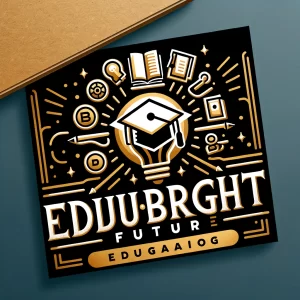Advancements in technology have transformed how languages are taught and learned. Interactive software, online courses, and virtual reality experiences are making language learning more accessible and engaging than ever. This shift towards technology-driven education not only democratizes access to language resources but also enhances the quality and effectiveness of language instruction.
Benefits of Modern Language Education Technologies
Interactive Learning
Language apps and online platforms have revolutionized the traditional methods of language learning by incorporating interactive elements. Applications like Duolingo, Babbel, and Rosetta Stone use games, quizzes, and interactive stories to make learning fun and engaging. These platforms employ gamification techniques to motivate learners, offering rewards, badges, and progress tracking to maintain interest and encourage consistent practice. By turning language learning into an interactive experience, these tools help learners retain information better and stay motivated.
Accessibility
One of the most significant benefits of technology in language education is increased accessibility. Students from anywhere in the world can access high-quality language learning resources, eliminating geographical and financial barriers. Online courses and apps often offer free or affordable learning options, making it possible for individuals from diverse backgrounds to learn new languages. Additionally, these platforms are available on multiple devices, including smartphones, tablets, and computers, allowing learners to study at their convenience.
Customization
Technology allows for personalized learning experiences, adapting to individual pace and preference. Language learning apps and software often include adaptive learning algorithms that assess a learner’s progress and adjust the difficulty level accordingly. This customization ensures that learners are neither bored with material that is too easy nor overwhelmed by content that is too challenging. Personalized feedback and tailored lesson plans help learners focus on areas that need improvement, enhancing overall efficiency and effectiveness.
Cultural Exchange Enhances Language Skills
True language proficiency comes from understanding the culture behind the language. Programs that combine language learning with cultural exchange provide immersive experiences that textbooks cannot. Cultural immersion helps learners grasp idiomatic expressions, cultural nuances, and contextual usage of language, which are crucial for achieving fluency.
Strategies to Maximize Learning
Virtual Reality (VR)
Virtual reality (VR) can simulate immersive environments for practicing language skills in real-world scenarios. VR language programs, like Mondly VR and ImmerseMe, allow learners to engage in conversations with virtual characters in various settings, such as a café or a marketplace. This immersive experience helps learners practice speaking and listening in a context that mimics real-life interactions, boosting their confidence and conversational skills.
Online Tutors and Global Classrooms
Connecting with native speakers as tutors or participating in online international classrooms can provide practical language usage experiences. Platforms like italki, Verbling, and Preply connect learners with native-speaking tutors for one-on-one lessons. These interactions offer personalized guidance and real-time feedback, essential for developing accurate pronunciation and conversational skills. Additionally, global classrooms enable students to collaborate with peers from different countries, fostering cross-cultural understanding and language practice.
Preparing for a Multilingual Future
As global connectivity increases, multilingualism becomes an essential skill. The ability to communicate in multiple languages opens up opportunities for personal growth, career advancement, and cross-cultural collaboration. Educators and technologists must collaborate to develop tools that prepare students for a globalized future. This collaboration involves integrating advanced technologies, such as artificial intelligence (AI) and machine learning, to create more sophisticated and effective language learning solutions.
The Role of AI in Language Learning
AI-powered language learning tools can provide more accurate assessments of a learner’s proficiency and tailor lessons to meet individual needs. For example, AI can analyze speech patterns to offer precise feedback on pronunciation and suggest targeted exercises to improve specific skills. These intelligent systems can also simulate complex conversations, allowing learners to practice and improve their fluency in a controlled yet dynamic environment.
Building Global Competence
Language education should go beyond linguistic skills to include cultural competence. Incorporating global issues and cultural studies into language curricula can help students understand the broader context in which a language is used. Programs that emphasize cultural exchange, global awareness, and multilingual communication skills will better prepare students for the interconnected world.
Conclusion
The integration of technology in language education has brought about significant advancements, making learning more interactive, accessible, and personalized. By leveraging modern tools and strategies, educators can provide richer, more immersive learning experiences that go beyond traditional methods. As the world becomes increasingly interconnected, the ability to communicate in multiple languages and understand diverse cultures will be essential. Educators and technologists must continue to innovate and collaborate to develop comprehensive language learning solutions that prepare students for a multilingual future.
